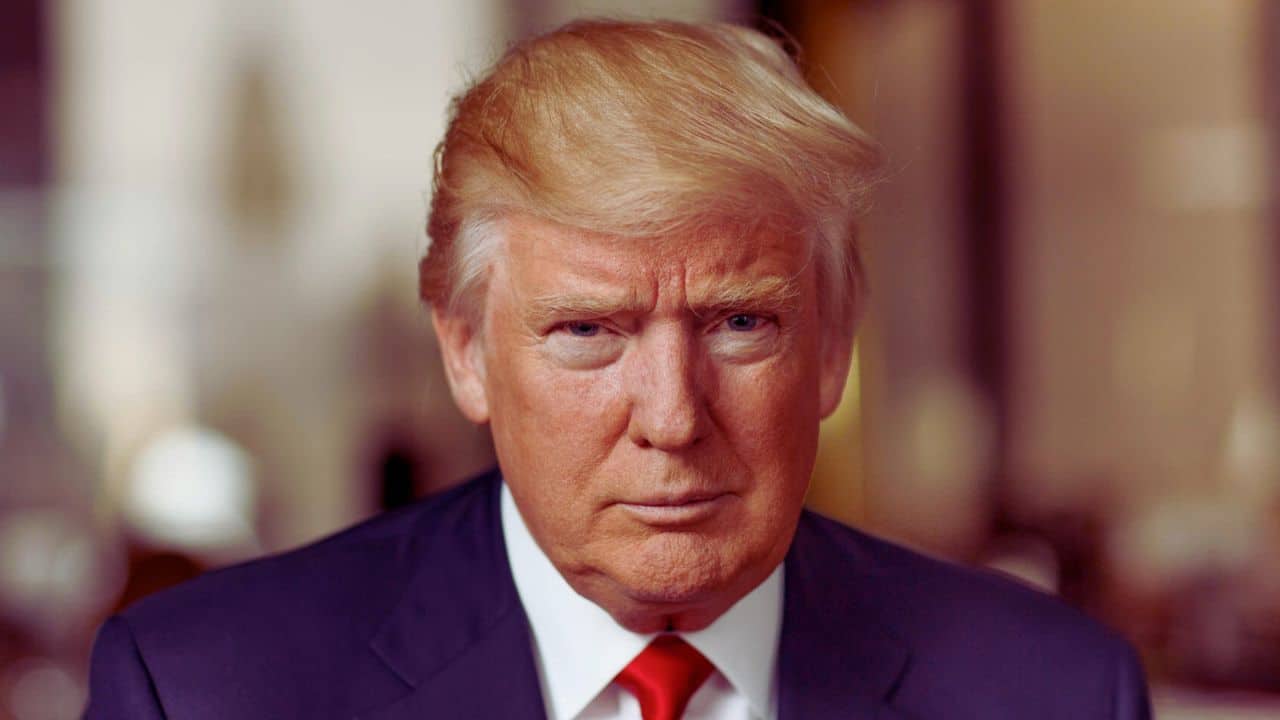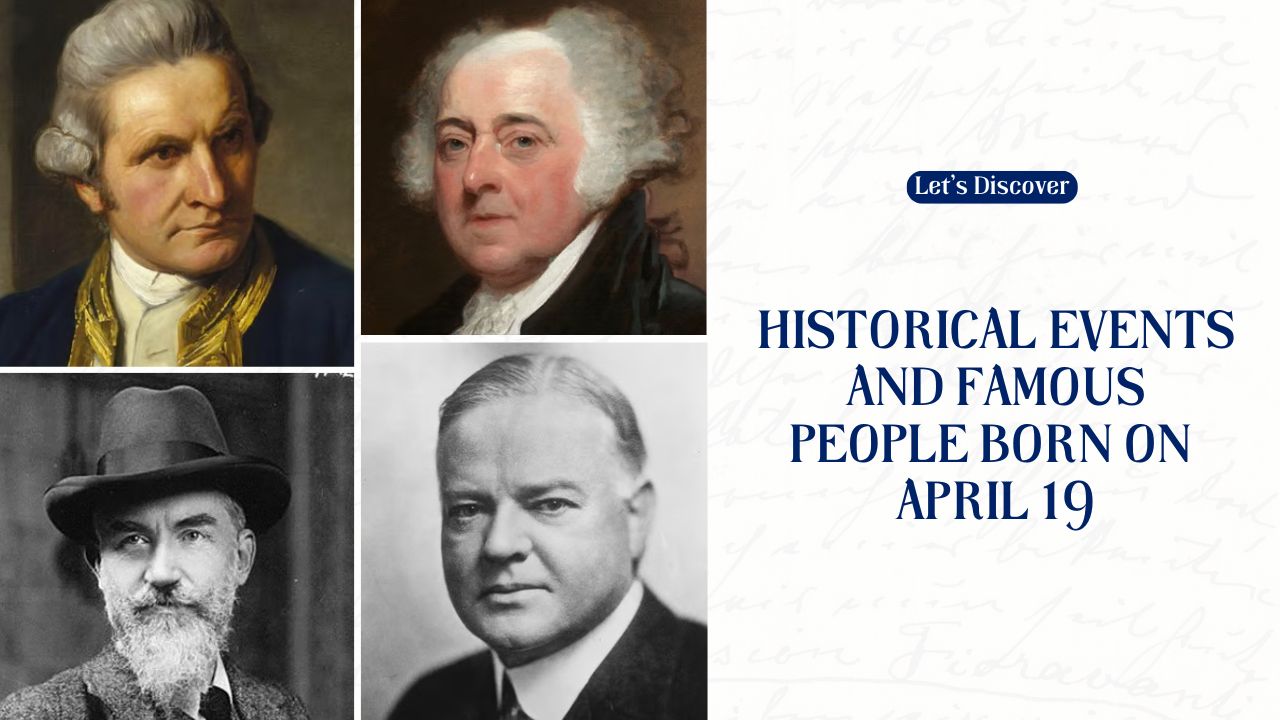The President of the United States is one of the most visible and influential leaders in the world, and their role comes with significant responsibilities. As of now, the president receives an annual salary of $400,000. This figure has been set by Congress and has remained unchanged since 2001. While this salary is certainly substantial, it falls below the income threshold for the top 1% of earners in the United States, which currently stands at approximately $788,000. This figure represents a broader conversation about income inequality and the financial expectations placed on those in leadership roles.
Comparison with Global Leaders
When comparing the salary of the U.S. president to those of other world leaders, the modesty of the U.S. compensation becomes evident. For example, Singapore’s Prime Minister is reported to earn around $1.6 million annually. This stark contrast highlights not only the differences in government pay scales across countries but also raises questions about the value placed on political leadership in different cultural contexts. In many countries, the salaries of political leaders are often reflective of national wealth, governance structures, and public expectations.
The international perspective on presidential salaries can lead to discussions about the role of government officials in setting an example of fiscal responsibility while also ensuring that their compensation is commensurate with their duties and the expectations of their constituents. In some cases, higher salaries may be justified to attract and retain top talent in leadership positions.
Total Compensation Package
In addition to the base salary, the U.S. president receives a variety of benefits that enhance the overall compensation package significantly. When factoring in these allowances and benefits, the total annual compensation is estimated to be approximately $569,000. This amount represents not just a salary, but a comprehensive package designed to support the president in fulfilling their duties effectively and securely.
Detailed Breakdown of Donald Trump’s Salary and Benefits
The compensation package for the president includes several allowances and benefits that contribute to the overall financial viability of the role:
- Expense Allowance: The president is provided with a $50,000 non-taxable allowance. This amount is intended to cover both personal and official expenses, allowing for flexibility in managing the various costs associated with the office.
- Travel and Entertainment Allowances: The president has access to a $100,000 travel account that supports official travel needs, such as attending events, meetings, and other engagements crucial to fulfilling presidential duties. Additionally, a $19,000 entertainment fund is allocated for hosting dignitaries and other guests, allowing the president to maintain diplomatic relations and represent the United States effectively.
- White House Redecoration Fund: Upon assuming office, the president is allotted $100,000 specifically for redecorating the White House. This allowance ensures that the official residence reflects the current administration’s values and aesthetics while preserving the historical significance of the building.
When combined, these various benefits significantly enhance the total annual compensation package for the president, which stands at approximately $569,000. This figure encompasses both operational costs necessary for carrying out presidential duties and the ceremonial aspects associated with the office.
Additional Perks Beyond Salary
Beyond the financial aspects of compensation, the president enjoys substantial non-monetary benefits that accommodate the high demands of the office. These perks include:
- Residence in the White House: The president lives in the White House at no cost. This iconic residence not only serves as the home of the president but also as a secure and prestigious setting for official events and meetings.
- Transportation: The president has access to secure transportation, including Air Force One, Marine One, and a fleet of armored limousines. Air Force One, the presidential aircraft, is outfitted with advanced communication and security systems, allowing the president to conduct business while traveling. Marine One, the presidential helicopter, ensures swift and secure travel within the Washington, D.C. area.
- Security Measures: The president is protected by the Secret Service, which provides round-the-clock security and ensures safety during public appearances and official events. This high level of protection is crucial given the potential threats faced by individuals in such high-profile positions.
- Healthcare: Comprehensive medical care is another significant benefit provided to the president. Given the high-profile nature of the role, having access to top-tier medical services is essential for maintaining health and well-being.
Post-Presidency Benefits
The privileges associated with being a president extend beyond the time spent in office. Former U.S. presidents continue to receive several benefits after their terms have ended:
- Pension: Former presidents are entitled to a pension of approximately $230,000 per year. This pension is designed to provide financial security after leaving the presidency, acknowledging the unique challenges and responsibilities that come with the role.
- Healthcare Benefits: After leaving office, former presidents continue to have access to healthcare coverage, ensuring they can maintain their health and well-being post-presidency.
- Office Support: They are provided with funding for office space and staff, which helps them carry on their public service and engagement activities after their terms end. This support facilitates their continued involvement in national and global issues, as many former presidents engage in charitable and diplomatic efforts.
- Travel Allowances: Former presidents receive allowances for official travel, which supports their continued public roles and responsibilities, allowing them to promote initiatives and engage in humanitarian efforts worldwide.
Comparing Global Salaries: A Broader Perspective
When examining salaries of heads of state globally, the compensation package of the U.S. president is considered moderate. For instance, Singapore’s Prime Minister, who is the highest-paid leader globally, earns a salary that equates to approximately 1,320% of Singapore’s GDP per capita. In contrast, the U.S. president’s salary is roughly 606% of the U.S. GDP per capita, indicating a more restrained approach to compensation.
This comparison raises important questions about how different countries value their leaders and the relationship between a leader’s salary and the economic conditions of their nation. The disparity becomes even more striking when looking at countries like Kenya, where President William Ruto’s salary represents about 2,360% of Kenya’s GDP per capita. These differences illustrate the impact of national economic conditions, governmental structures, and societal expectations on leaders’ compensation worldwide.
In conclusion, while the U.S. president’s salary is substantial within the context of American incomes, it remains modest on the global stage compared to many other leaders. The total compensation package, which includes allowances, benefits, and post-presidency perks, reflects the unique responsibilities and expectations associated with the presidency. Balancing the need for fair compensation with public expectations and fiscal responsibility is a continual challenge for governments worldwide. Ultimately, these financial considerations and benefits aim to ensure that the president can effectively carry out their duties while maintaining the dignity and security of the office.






































